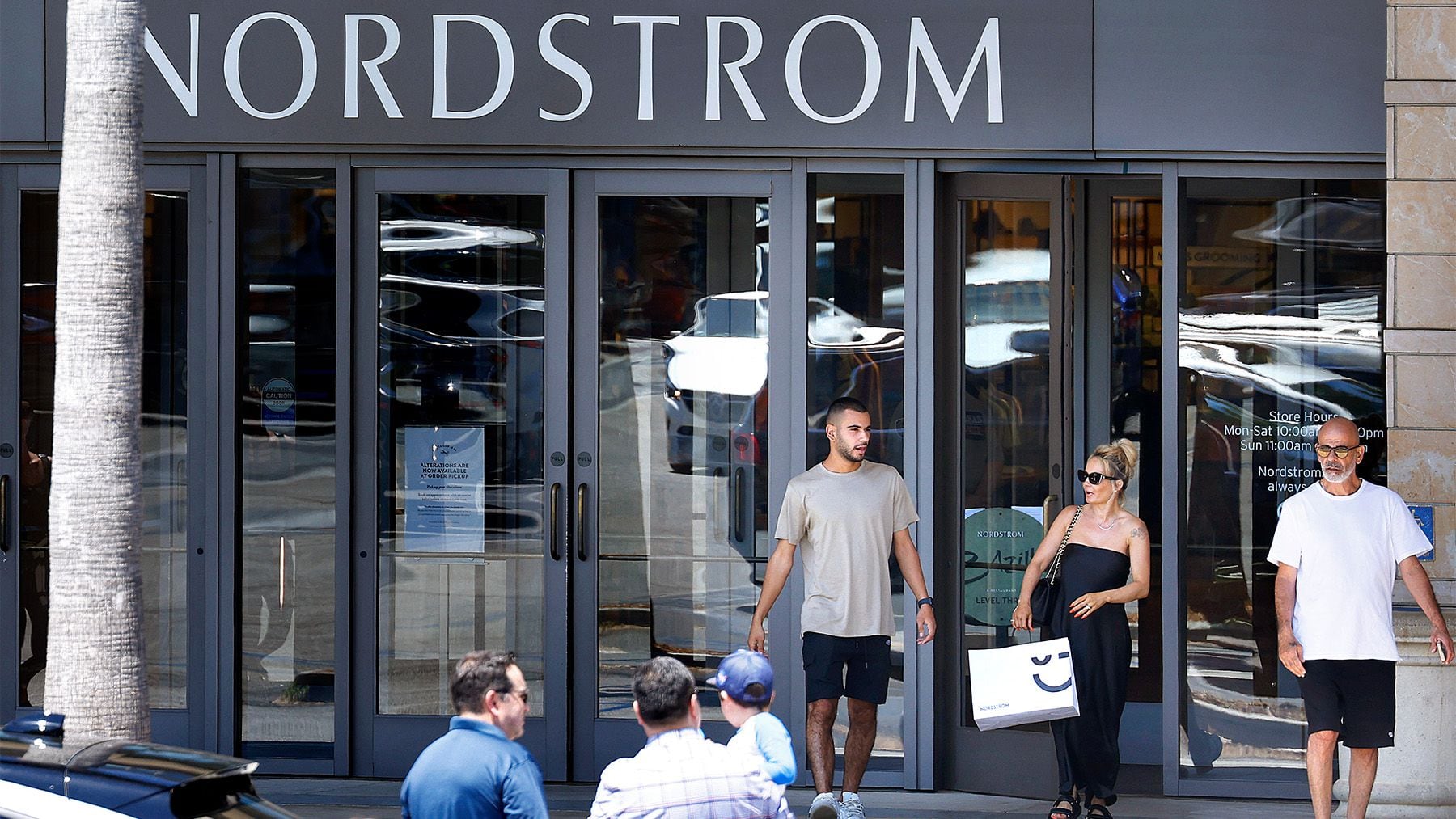
Nordstrom missed Wall Street targets for third-quarter revenue on Tuesday as sticky inflation pressured consumer spending in the months leading up to the all-important holiday shopping season.
Shares of the upmarket department store chain fell nearly 1 percent in volatile after-market trading.
Fellow retailers Best Buy and Kohl’s have also hinted at a bleak holiday season with still-high interest rates, food prices and the start of student loan repayments prompting customers to spend less and push their shopping to the last minute.
“The consumer is phasing out their shopping … they are shopping cheque to cheque,” Jane Hali & Associates senior analyst Jessica Ramirez said.
Shoppers are also “prioritising categories of interest,” helping some segments perform better than others, she added.
Nordstrom executives said in a post-earnings call that the active, beauty and accessories segments were leading sales growth.
They also joined other retailers in highlighting cautious consumer spending.
The company’s eponymous label recorded a 9.4 percent drop in sales while discount banner Rack declined only 1.8 percent, its smallest fall in five quarters, as efforts to bring in trendier brands started to pay off.
That, coupled with lower markdowns, helped the company post a 180-basis point increase in quarterly gross profit.
“They did not do as much discounting as expected, but that may have hurt the top-line sales … especially at Nordstrom,” said Morningstar analyst David Swartz.
Total revenue fell 6.4 percent to $3.32 billion, missing analysts’ estimates of $3.40 billion, according to LSEG data.
Excluding items, Nordstrom earned 25 cents per share, topping estimates of 13 cents.
Best Buy and Kohl’s had trimmed their annual sales expectations to account for difficult-to-predict consumer demand in an uncertain economy, but Nordstrom maintained its forecast.
The company narrowed its annual adjusted profit forecast range, with the midpoint remaining the same.
By Ananya Mariam Rajesh
Learn more:
Nordstrom Says Losses From Theft at Historic High
The losses are still within the company’s annual forecast, CEO Erik Nordstrom said on an earnings call. It’s a sign that retail executives are becoming accustomed to the rise in “shrink,” an industry term that includes shoplifting, employee theft and damaged goods.



